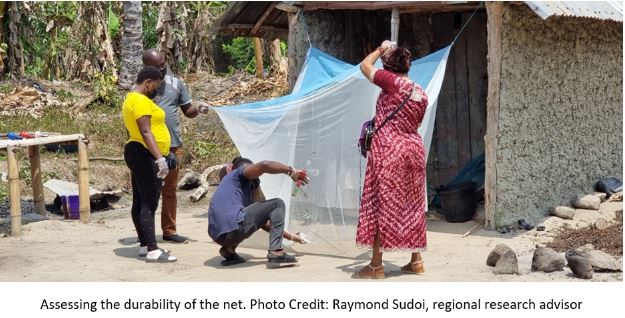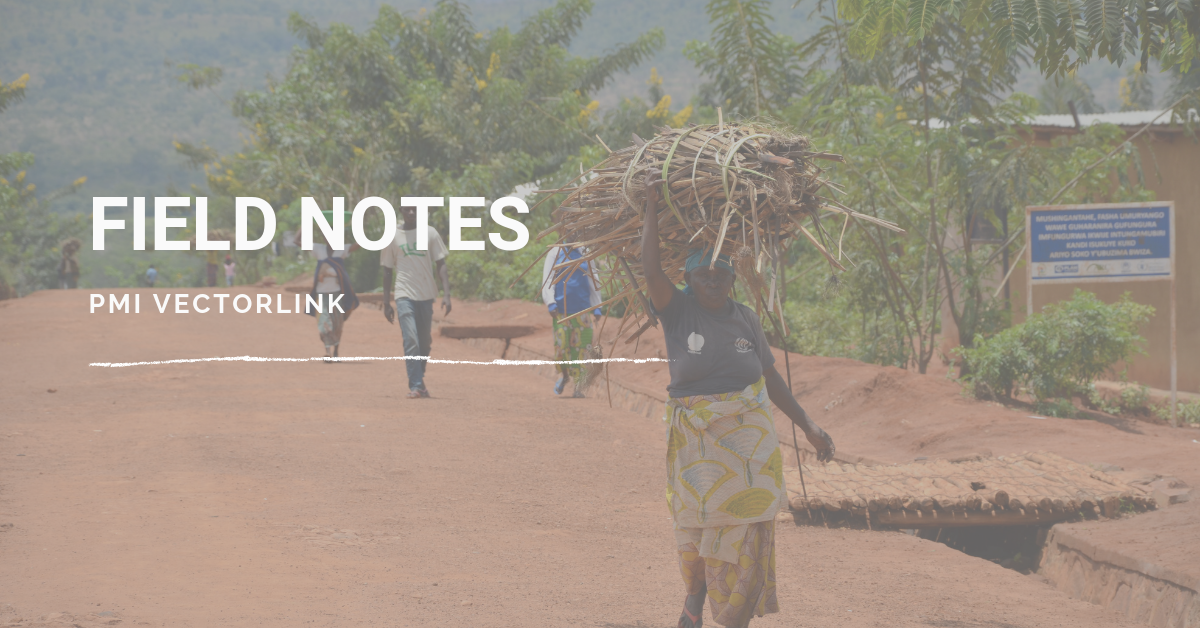 Assessing the durability, or useful life, of mosquito nets in the field is critical to ensuring they are working properly by blocking and killing mosquitoes. This helps national malaria programs determine how frequently nets need to be replaced. Data collectors travel to communities to conduct durability monitoring (DM) on the same nets four times: a baseline assessment right after a mass distribution campaign, and then 12, 24, and 36 months after.
Assessing the durability, or useful life, of mosquito nets in the field is critical to ensuring they are working properly by blocking and killing mosquitoes. This helps national malaria programs determine how frequently nets need to be replaced. Data collectors travel to communities to conduct durability monitoring (DM) on the same nets four times: a baseline assessment right after a mass distribution campaign, and then 12, 24, and 36 months after.
We all know that many communities are hard to reach, especially if they are only accessible on foot. For this week’s Monday Motivation, let’s turn our attention to the durability monitoring team in Sierra Leone, who made the trek to some of these communities for the recently completed 36-month durability monitoring assessments.
The 36-month DM survey round took place in Bo and Moyamba districts, located about 155 miles from the capital, Freetown. DM assessments take around two weeks to complete, and the team had to reach 30 targeted communities. Due to the remote location of many of these communities, data collection teams had long drives and then often left their vehicles to hike anywhere from 30 minutes to an hour, sometimes wading through creeks and in one case, crossing a river via a canoe, to reach the community. The team then spent the day there so they could catch people before they left for the farms or when they returned to make sure no households were missed.
All in all, these DM assessments are providing Sierra Leone’s National Malaria Control Program with information on indicators such as median mosquito net life and insecticide effectiveness.
Kudos to Sierra Leone’s data collection team and Regional Research Advisor Raymond Sudoi, who helped train the data collectors and accompanied them for some of the field work.



